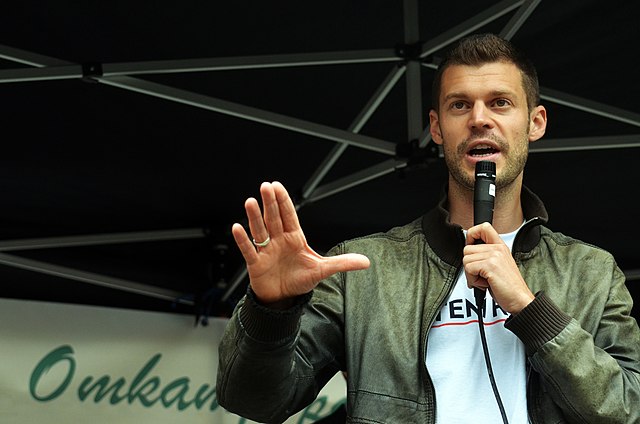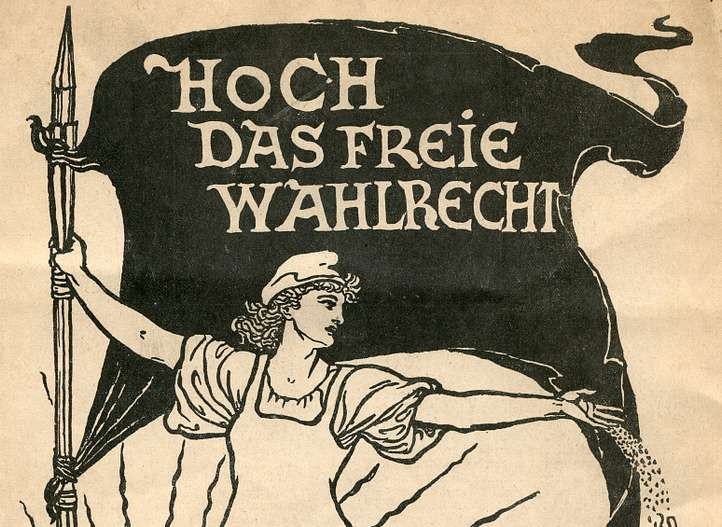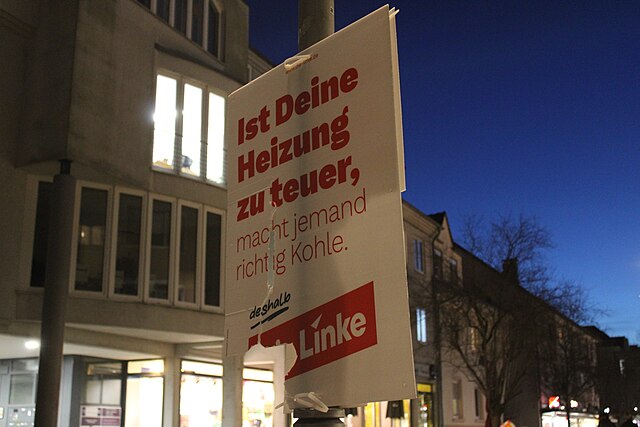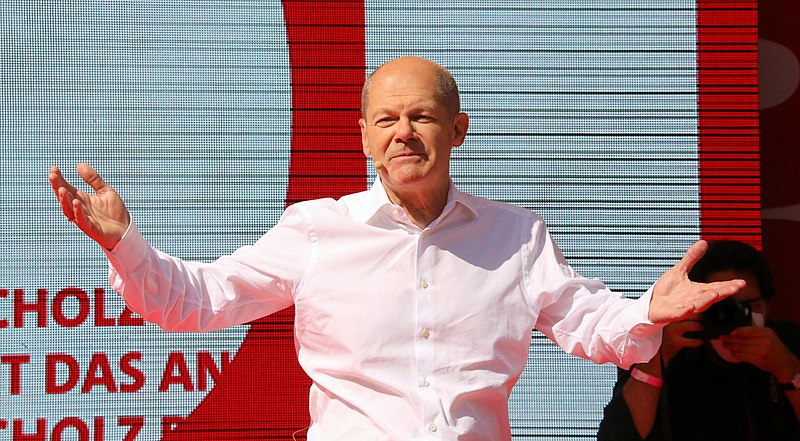Reading The Guardian write up on the Norwegian General Election last night compelled me to quickly compile this summary because, well, clearly they don’t follow Norwegian politics with the same zeal as myself. It helps to be able to read Norwegian, be obsessed with Norway, and have a man crush on their great shining star of socialism: Bjørnar Moxnes.
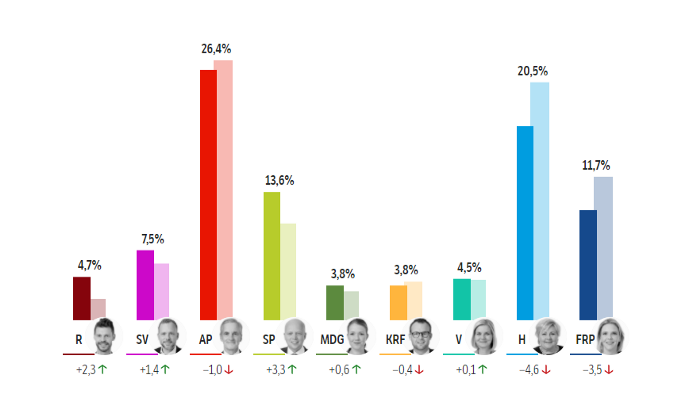
Norway uses a proportional representation system whose name I won’t bother you with. Norway’s 19 regions are allocated a share of 169 seats in Stortinget (literally the big thing) based on both population and area. Parties are allocated seats based on performance within regions (direct mandates) and then allocated extra seats to bring their numbers up to their national vote share IF and only IF they reach 4% of national vote share (called Sperregrensa). You can still win seats if you perform exceedingly well within a region. That is how Moxnes won his lone seat in 2017 by winning enough votes in Oslo to be allocated one regional seat. That is how the Greens (MDG — Miljøpartiet De Grønne) won three mandates this cycle by performing well in three major cities (Oslo, Trondheim and Bergen).
Right wing parties have suffered a collapse after an unprecedented eight years in power in various coalitions. Collectively the bloc has lost 8.4% of its support, with the Christian People’s Party (KrF — Kristelig Folkeparti) falling below the 4% threshold, the Progress Party (FrP — Fremskrittspartiet) losing 23% and conservative Right (Høyre) losing 18.3% of their respective 2017 shares.
However, Moxnes’ Red Party smashed through the 4% threshold this cycle and they are going from 1 seat to 8. It is a truly remarkable and understated achievement (Norwegian news as well can’t help but red bait and downplay this success). They gained 2.3% in national vote share (a relative increase of 95% from their last election), the second largest absolute increase in share behind the rural issues focused Center Party (Senterpartiet), which gained 3.3% (relative increase of 32% from 2017).
The Greens are the best comparison to Red. Both parties had one seat coming in, both parties represent the progressive edge of the political spectrum. Both parties made gains too. The contrasts in results speaks for itself. When asked what mattered more in a debate, ending poverty or saving the environment, Moxnes said poverty while the Green leader (Une Aina Bastholm) said the environment. This is a ridiculous question to ask and should be thrown into the trashcan of ideology where it belongs. But Norwegians have spoken through both Red and the Center Party: foreground your politics in immediate, local concerns.
The centre-right liberal Venstre (literally and confusingly meaning Left) party also pivoted heavily towards the environment and I suspect that between the Socialist Left (SV — Sosialistisk Venstreparti), Venstre, Red, and to a degree the Labour Party all making some environmentally focused pitch, the greens have been completely crowded out and missed the 4% threshold by about 5000 votes. This isn’t exactly devastating. Political power does not lie exclusively in elected chambers. But for the next four years, MDG will lack leverage within parliament. Furthermore, them narrowly missing the threshold strengthens the hand of the upwardly failing leader of the Labour Party: Jonas Gahr Støre.
Despite snatching defeat from the jaws of victory in 2017 in a way that would make Neil Kinnock proud, despite losing vote share in 2021, despite backing noted Labour heavyweight and sex pest Trond Giske, Størewill become PM. Handpicked successor of former Iraq war protestor turned Sec-Gen of NATO Jens Stoltenberg, mini property tycoon, and dull as dishwater; he got his dream majority of Ap-Sp-SV (Labour, Socialist Left, Center Party). This is a repeat of Jens Stoltenberg’s second term coalition in 2005–2013. But the dynamics are very different.
Trygve Slagsvold Vedum of the Center Party campaigned on a platform of rural regeneration, repealing consolidation of small local authorities into larger more centralised ones, stubborn resistance to ending oil extraction and exploration, and removing the much disliked conservative Right. He has firmly promoted a minority Ap-Sp coalition. The classic centrist dad pitch in the Norwegian context. This is an international pattern: the political centre beginning to regain some support on the back of political legwork done by left and green parties, and the centre immediately demanding that these groups be cordoned off from political office.
Will this succeed? Parliamentary arithmetic and political trends make it clear to me that this is unlikely. The only credible threat Vedum can make is an Sp-H-V minority coalition which would give 72 seats. This is equal to the Ap-SV-R-MDG bloc. Such a coalition would be (1) electoral suicide, (2) politically weak, and (3) socioeconomically and environmentally disastrous.
Støre wanted a three-way coalition of Ap-Sp-SV and this coalition has a comfortable majority of 89 mandates. It would not be beholden in parliament to MDG nor Red. It will have a clear four year run to make much needed economic and environmental reforms. Only an idiot would choose to make common cause with parties you campaigned explicitly to remove. It is possible Støre’s neoliberalism might actually favour the minority coalition with Sp. This comes with a cost for Støre who campaigned explicitly on the three-way coalition, calling it his dream majority. It is especially difficult to backtrack given the wind is clearly in the sails of the left and the greens.
This is the central lesson of this election. The Norwegian left is threatening the centre. An openly communist party has doubled its vote share without eating into the share of the socialists. The greens have made appreciable strides in spite of all this and their political agenda is front and centre of the national debate. This is excellent for the left. SV cannot make too many concessions in coalition since it is facing pressure from both communists and environmentalists. Støre cannot fall asleep at the wheel either lest his four years in power disappoint and he bleeds more support to the minor left parties. All the while, the Centre Party is behaving triumphantly, in complete denial that its true political position is very weak.
Norway has voted for real change and insurgent left movements in Western Europe should learn to talk sharply and aggressively against the right. Moxnes quoted Leonard Cohen in his election night speech: “There’s a crack in everything, thats how the light gets in”. In the media, he routinely riles up Sylvi Listhaug (head of the right wing populist Progress Party) and whenever he’s redbaited he retorts with calling it what it is: Fox News nonsense. He spoke belligerently against neoliberalism, he was uncompromising and confident much like the Progress Party’s Siv Jensen was when she led her party to historic successes. The left can punch back and last night it did.
This article originally appeared on Ali Khan’s Medium page. Reproduced with permission
